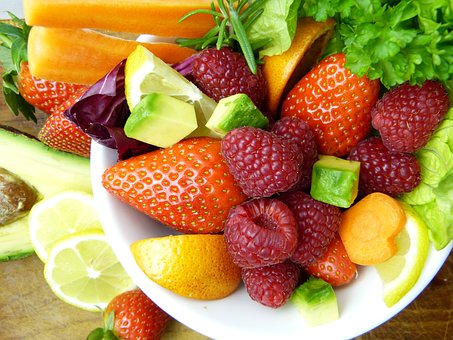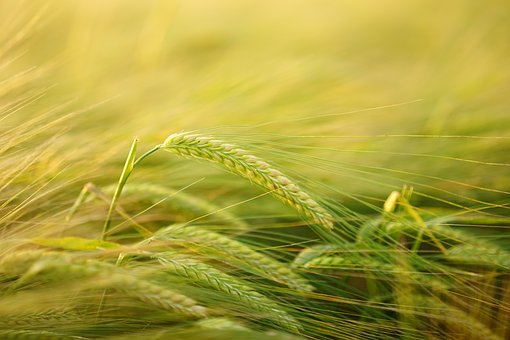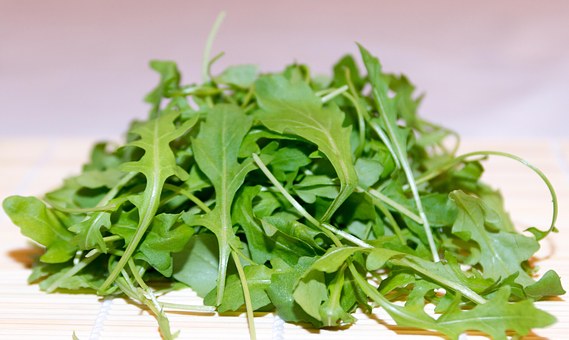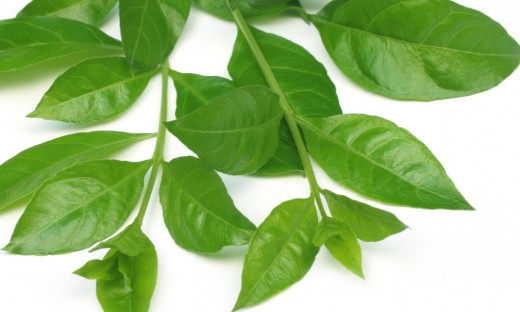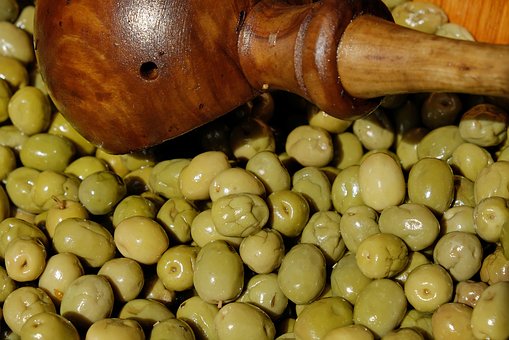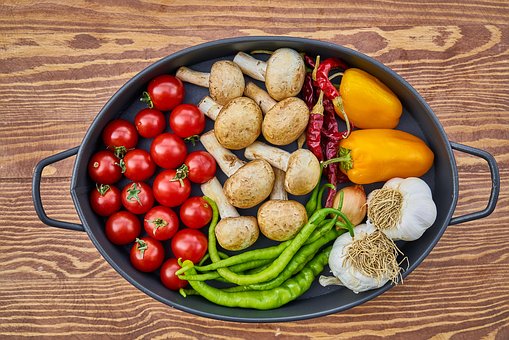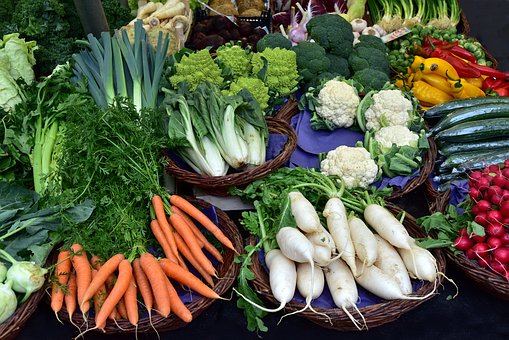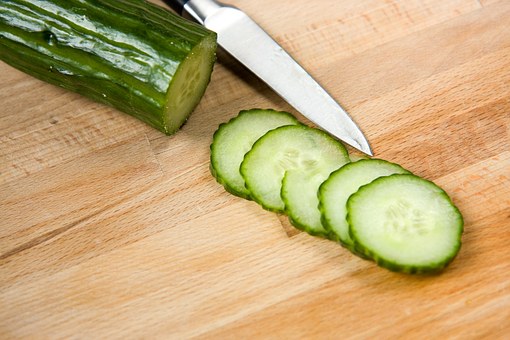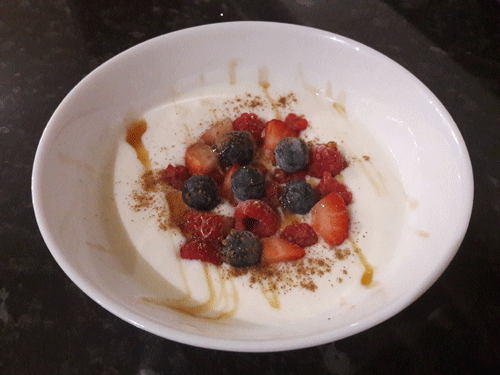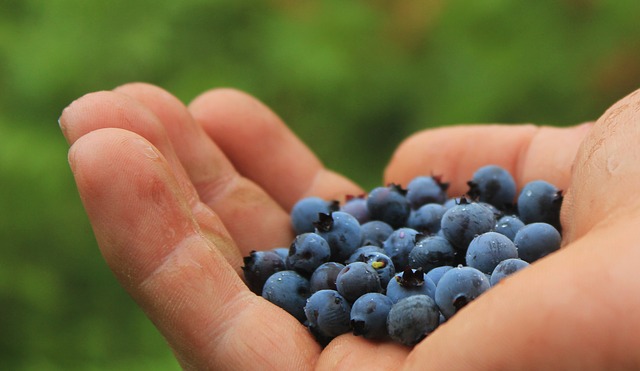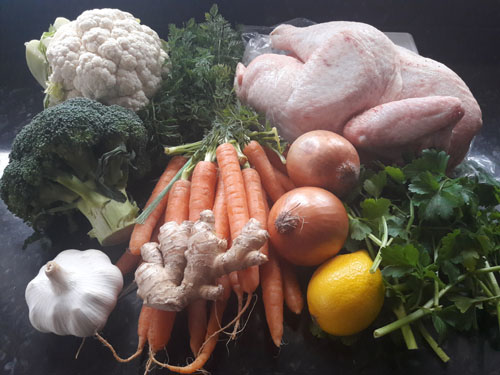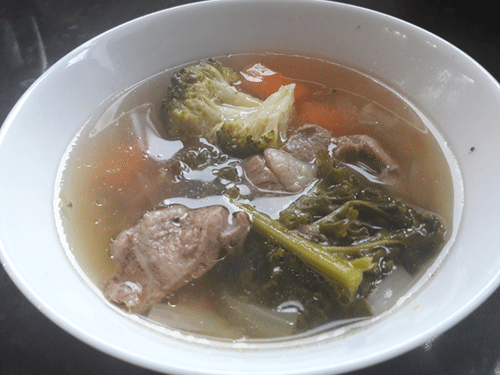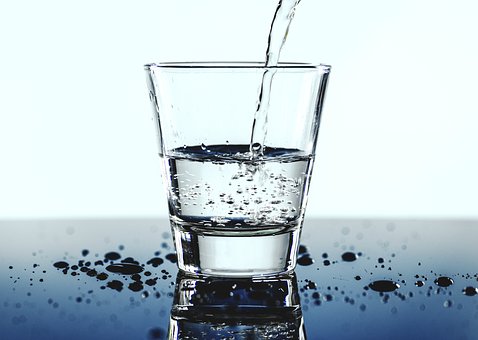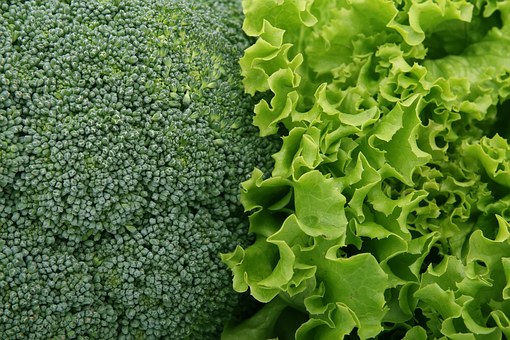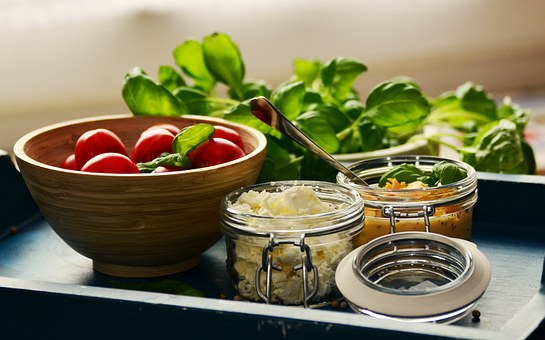The Superiority of Raw Honey
© HealthyMuslim. See Terms and Conditions
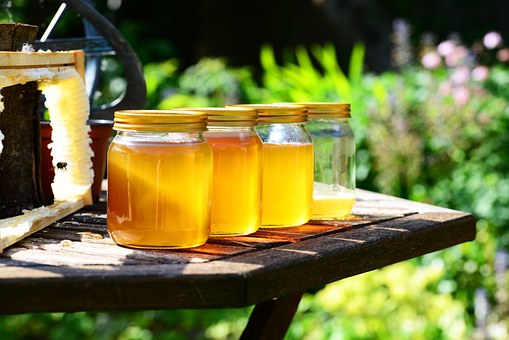
Conventional honey has been processed to prolong its shelf life and improve its appearance, and although research has shown that this honey does contain some health benefits, many of the phytonutrients found in raw honey as it exists in the hive, are largely removed through this processing.
Raw honey, for example, contains small amounts of the same resins found in propolis. propolis is a complex mixture of resins and other substances that honeybees use to seal the hive and protect it from bacteria and other micro-organisms. Honeybees make propolis by combining plant resins with their own secretions. This substance has anti-bacterial, anti-viral, and anti-fungal properties. This is also why raw honey never grows mold or goes off.
Other phytonutrients found both in honey and propolis have been shown to posssess cancer-preventing and anti-tumor properties. These substances include caffeic acid methyl caffeate, phenylethyl caffeate, and phenylethyl dimethylcaffeate. Researchers have discovered that these substances prevent colon cancer in animals by shutting down activity of two enzymes, phosphatidylinositol-specific phospholipase C and lipoxygenase. A 1992 study published in Chemical-Biological Interactions found that caffeic acid esters (the substances which give propolis a sharp taste like cinnamon) had strong anticancer characteristics when tested on colon cancer cells.
Raw honey contains amino acids, vitamins and thousands of beneficial enzymes. When it is extensively processed and heated, the benefits of these phytonutrients are largely eliminated.
Raw honey also contains bee pollen, which many nutritional experts refer to as a potent superfood. Among bee pollen's many benefits are allergy relief, detoxification and anti-cancer properties. A study in the Journal of the National cancer Institute in 1948 reported that bee pollen fed to rats halted the proliferation of cancerous tumors.
The pollen present in unfiltered honey is also thought to provide relief to allergy sufferers, such as hayfever. Eating honey from local hives is particularly beneficial, as the bees feed on the plants that trigger those specific allergies.
Raw honey is one of the richest natural sources of amylase, an enzyme which facilitates the proper digestion of carbohydrates. This essential enzyme is lost the moment honey is heated, since amylase converts to starch when exposed to heat.
Raw honey is an excellent source of flavonoids. These substances have powerful antioxidant properties and evidence has proven their ability to protect against allergens, viruses, and carcinogens.
Tips for Using Raw Honey
- Raw honey is usually opaque and creamy, with a slightly crystallized texture. It is very different in appearance to the clear, runny, golden liquid most commonly sold as honey.
- The valuable enzymes in raw honey are preserved only if the honey is never heated above 105 degrees, ideally it should never be heated at all.
- Raw honey should only be added to foods after they have been cooked and not before, since any exposure to heat risks destroying the beneficial nutrients in the honey.
- Although honey is a form of sugar, it is an inverted sugar, and the sugars present in raw honey have already been partly predigested by the action of enzymes. This means that it does not ferment in the stomach, it is easily absorbed, and aids digestion.
- Raw honey should be stored in a sealed, airtight jar, and it will not spoil.
Link to this article: Show: HTML Link • Full Link • Short Link
Share or Bookmark this page: You will need to have an account with the selected service in order to post links or bookmark this page.





|
Related Articles:
- The Superiority of Raw Honey
- Honey for Easing Colds
- Manuka Honey as a Medicine
- Garlic, Honey and Apple Cider Vinegar: Must Have Excellent Home Remedy
- Superiority of Honey in Treating Coughs
- Yemeni Sidr Honey Is Beneficial for Sinus Problems
- The Healing Benefits of Honey
You must be registered and logged in to comment.
Most Popular
Latest Articles
Popular Subjects
Health, fitness and longevity
Based upon the principles of health
in the Qur'an and Prophetic Traditions.
HealthyMuslim.Com
There are two bounties in which
most people lose out: good health
and free time. Al-Bukhari.





